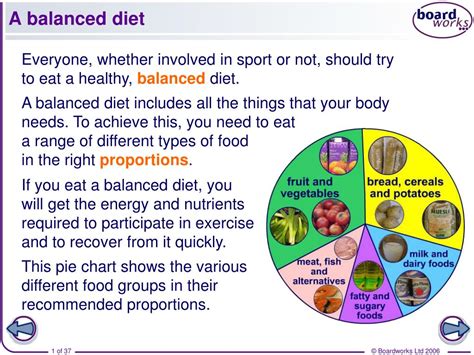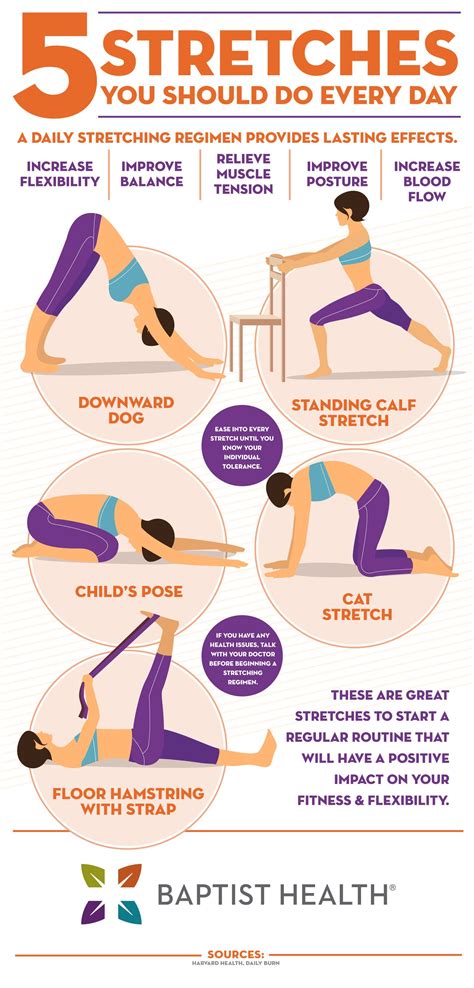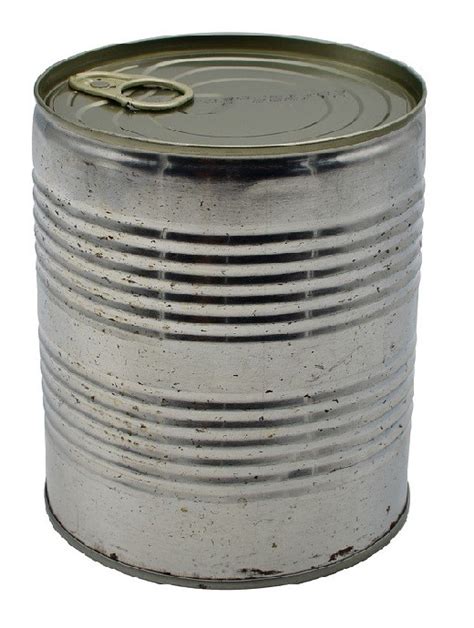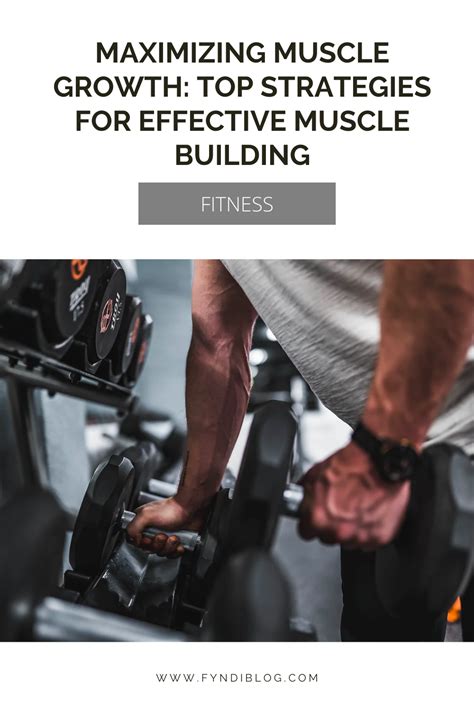Optimize recovery post-intense workout for sustained high performance?

The Critical Role of Post-Workout Recovery
In the relentless pursuit of peak athletic performance, the spotlight often falls on the intensity of training and the gruelling hours spent pushing limits. However, the true secret to sustained high performance isn’t just in how hard you train, but how effectively you recover. Ignoring recovery is like building a magnificent engine without proper maintenance – it will eventually break down. Optimized post-workout recovery is the cornerstone for muscle repair, energy replenishment, injury prevention, and ultimately, reaching and maintaining your performance goals.

Pillars of Effective Recovery: A Holistic Approach
Effective recovery isn’t a single action but a multi-faceted process addressing various physiological and psychological needs. Understanding and implementing these pillars will accelerate your body’s ability to bounce back stronger.
1. Nutrition: Fueling Repair and Replenishment
What you eat after a workout significantly impacts how quickly your body recovers. Intense exercise depletes glycogen stores and causes microscopic muscle damage. Your post-workout meal should ideally contain a balanced ratio of carbohydrates and protein.
- Carbohydrates: Essential for replenishing glycogen stores, your primary energy source. Aim for complex carbs like whole grains, fruits, and starchy vegetables.
- Protein: Crucial for muscle repair and synthesis. Lean meats, fish, eggs, dairy, and plant-based proteins like legumes and tofu are excellent choices. Consume protein within the “anabolic window” (roughly 30-60 minutes post-workout) to maximize its benefits.
- Healthy Fats: Provide anti-inflammatory benefits and support overall cellular health.

2. Hydration: More Than Just Water
Sweat loss during intense workouts leads to dehydration and electrolyte imbalance. Rehydrating properly is vital for nutrient transport, temperature regulation, and joint lubrication.
- Water: Drink plenty of water throughout the day, especially before, during, and after your workout.
- Electrolytes: Consider electrolyte-rich beverages or foods (e.g., coconut water, bananas, sports drinks) to replenish lost sodium, potassium, and magnesium, particularly after long or very intense sessions.
3. Sleep: Nature’s Ultimate Recovery Tool
Sleep is arguably the most critical component of recovery. During deep sleep stages, your body releases growth hormone, which is essential for muscle repair and growth. Aim for 7-9 hours of quality sleep per night.
- Prioritize Sleep Hygiene: Establish a consistent sleep schedule, create a dark, cool, and quiet sleep environment, and avoid screens before bed.

4. Active Recovery and Mobility
While rest is important, complete inactivity can sometimes hinder recovery. Light activities can improve blood flow, reduce muscle soreness, and enhance flexibility.
- Low-Intensity Activities: Gentle cycling, walking, swimming, or yoga can aid in flushing metabolic byproducts and delivering fresh nutrients to muscles.
- Stretching and Foam Rolling: Incorporate static stretching and foam rolling to improve range of motion, reduce muscle tightness, and break up knots in fascia.

5. Stress Management and Mental Well-being
The mind-body connection is powerful. Chronic stress elevates cortisol levels, which can inhibit muscle repair and increase inflammation.
- Mindfulness and Meditation: Practices like meditation, deep breathing, or even just taking time for hobbies can significantly reduce stress.
- Listen to Your Body: Recognize signs of overtraining, fatigue, and burnout. Sometimes, a mental break is as important as a physical one.

Integrating Recovery into Your Training Regimen
Optimizing recovery isn’t an afterthought; it should be an integral part of your training plan. Just as you schedule your workouts, dedicate time and attention to your recovery strategies. By meticulously addressing nutrition, hydration, sleep, active recovery, and mental well-being, you provide your body with the best possible conditions to repair, adapt, and grow stronger. This holistic approach ensures not only sustained high performance but also a healthier, more resilient you, ready to tackle future challenges and achieve your peak potential without succumbing to burnout or injury.









